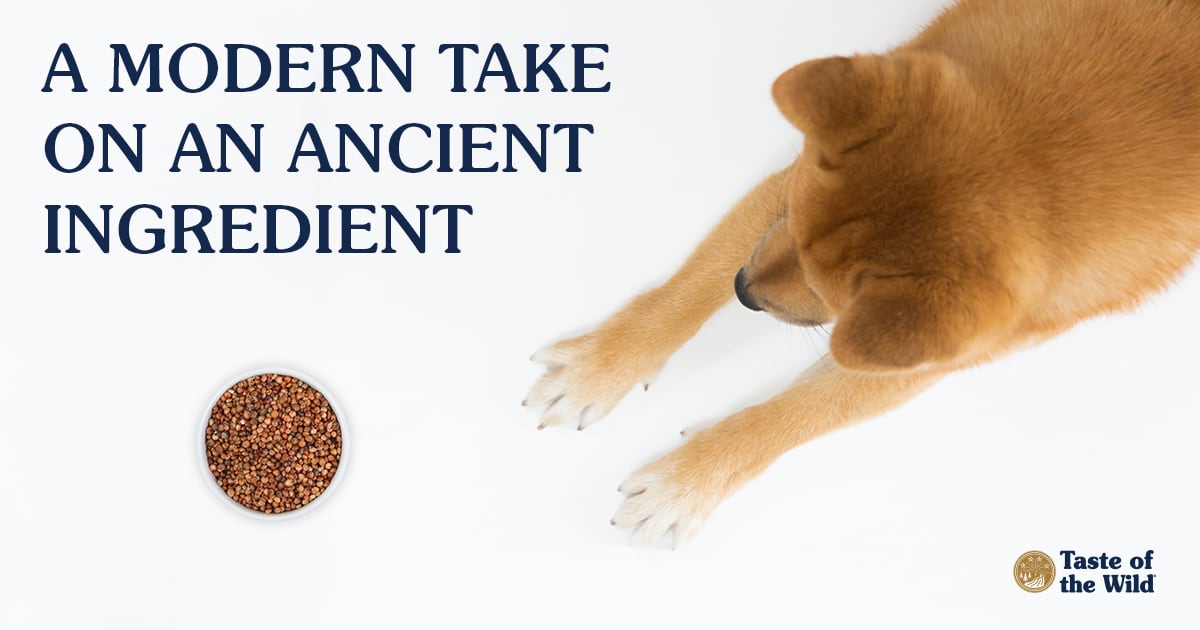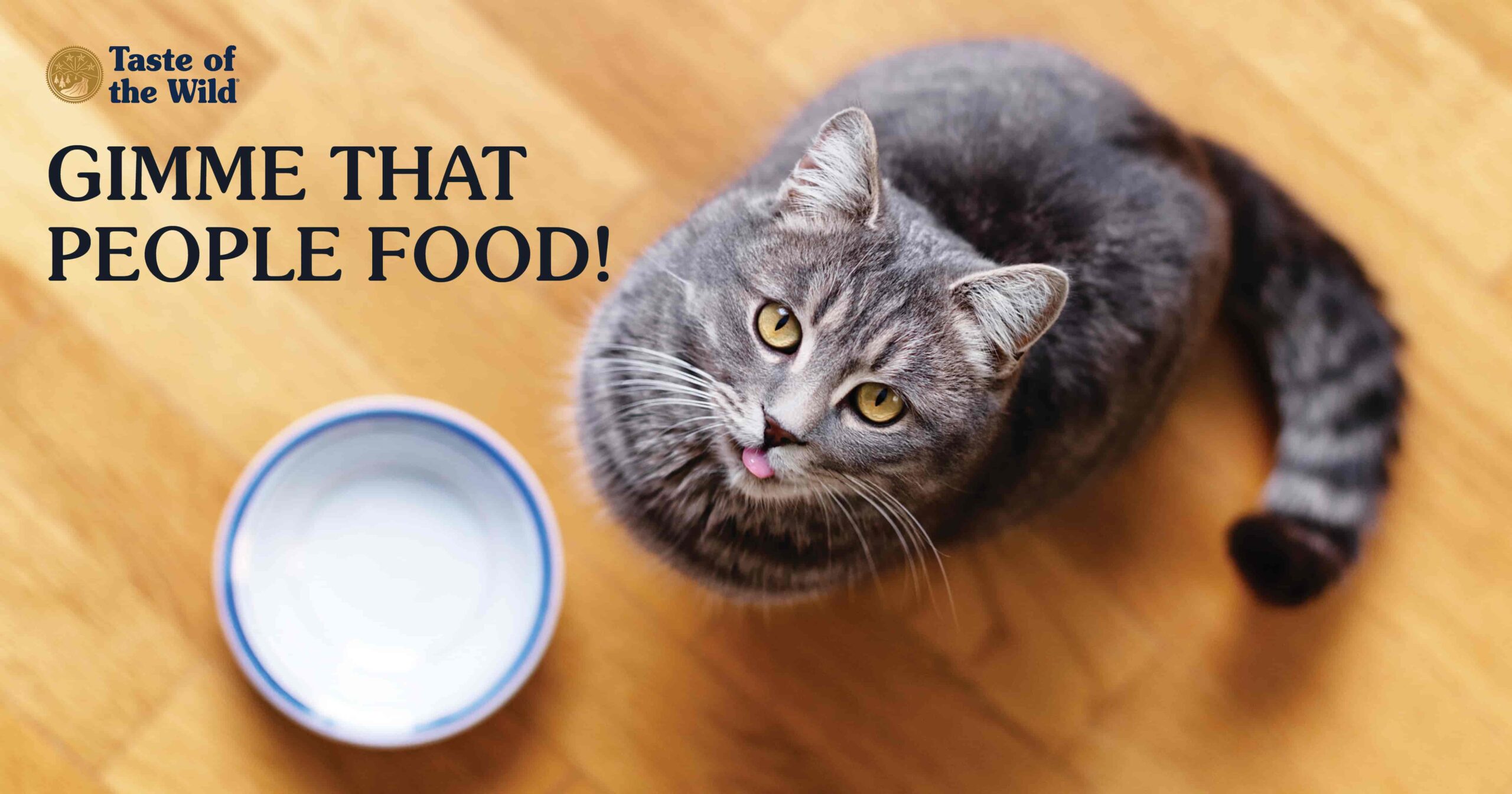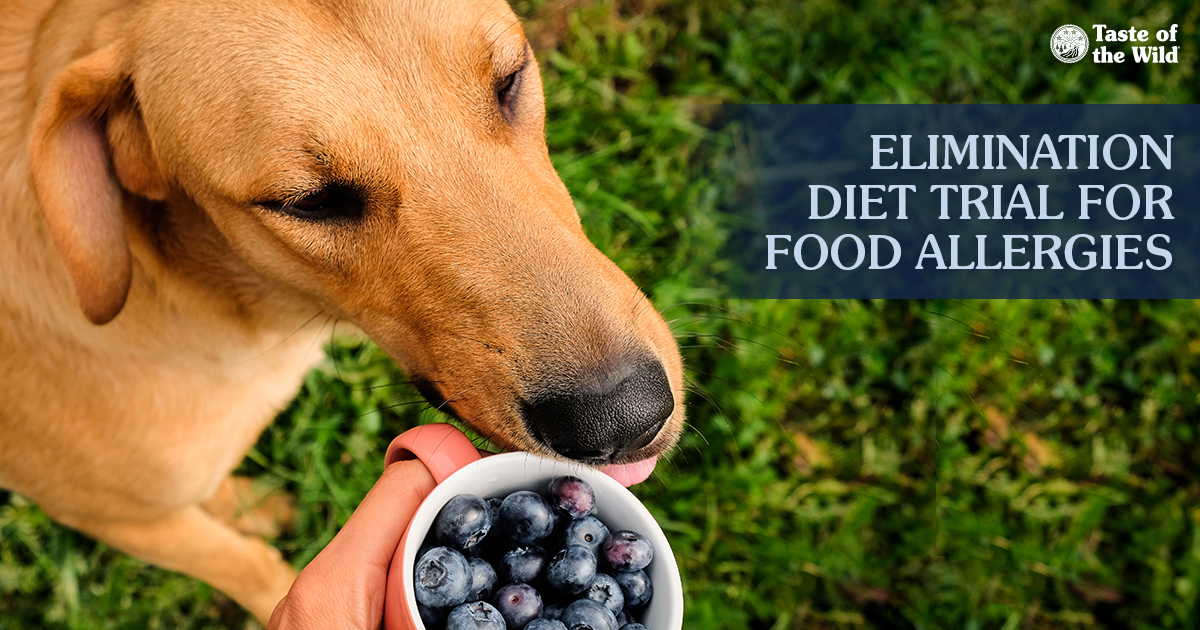Ancient Grains in Pet Food: Focus on Sorghum
Thursday, January 2, 2020 | Nutrition

In the last few years, few pet food ingredients have been as misunderstood as grains. Some folks wondered if grains were necessary at all, or suspected they could have a negative impact on pet health. But as it turns out, grains such as corn, rice, barley, oats — and sorghum — can play a significant role in your pet’s diet.
In fact, dietary grains can be important in the treatment of many common pet conditions, from diabetes and obesity to gastrointestinal problems, according to a recent article in the Journal of American Veterinary Medical Association.
What, exactly, do grains do?
Dietary grains primarily serve as a source of carbohydrates. Your pet’s body breaks down carbohydrates into glucose, the basic form of energy utilized by the cells of the body. Proteins and fat can also be metabolized into glucose, but the process is often more complicated, so carbohydrates may provide energy faster and more efficiently.
Of course, carbs aren’t a replacement for high-quality proteins (especially for cats, who tend to require more dietary protein than their canine counterparts), but they can offer other advantages. For instance, carbs also provide a source of fiber. While fiber isn’t a nutrient, per se, it can help your pet feel satiated, which is helpful for those chubby pets that constantly beg for more, more, more.
Studies in dogs have shown that dietary fiber may also slow the release of glucose into the bloodstream after a meal, which can be helpful with diabetic control. Fiber is also critical for digestive health and keeps things moving so pets don’t suffer from constipation.
What about sorghum?
Sorghum is a cereal grass that originated in Africa, and the first evidence of the grain was found at an archeological dig on the border of Egypt, dating back to 8,000 B.C. It eventually spread to India, China, Australia and America, where Ben Franklin wrote about sorghum in 1757.
As a dietary grain, sorghum serves as a great source of carbohydrates (and energy). In addition, it:
- Contains protein, important for building healthy bones and muscle
- Has been shown to have a lower glycemic index than rice, meaning that it releases glucose into the bloodstream more slowly, which may be helpful for diabetic pets
- Is rich in essential omega fatty acids, which can have antioxidant effects
- Contains niacin and thiamin, B-vitamins that help the body absorb nutrients
- Includes minerals such as phosphorus, magnesium, copper, calcium, zinc and potassium
People are even finding that the nutty flavor of sorghum offers a great alternative to rice and quinoa in their meals. It’s gluten-free, so even those with celiac disease find it easy to digest.
Though it’s still early, sorghum is gaining favor, and more nutritionists are finding a place for it in both human and pet diets.
The information in this blog has been developed with our veterinarian and is designed to help educate pet parents. If you have questions or concerns about your pet’s health or nutrition, please talk with your veterinarian.




